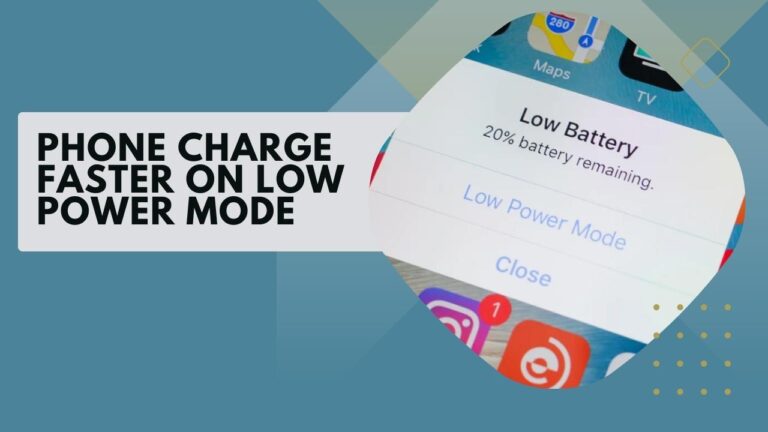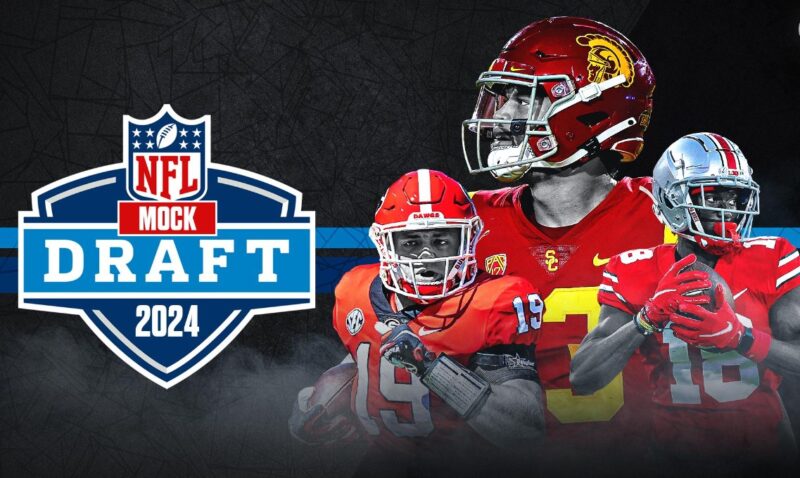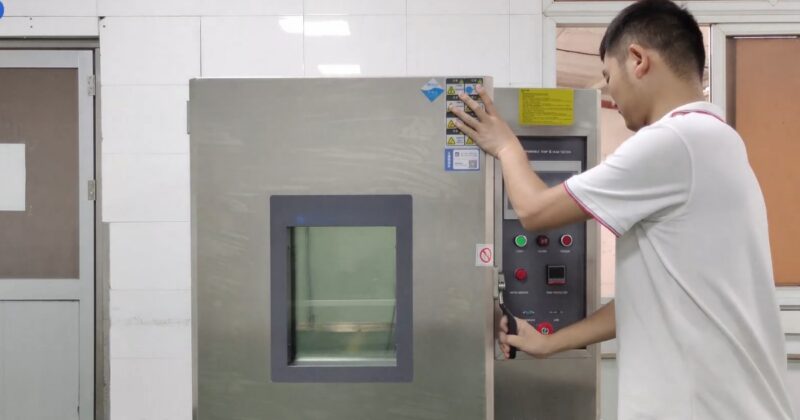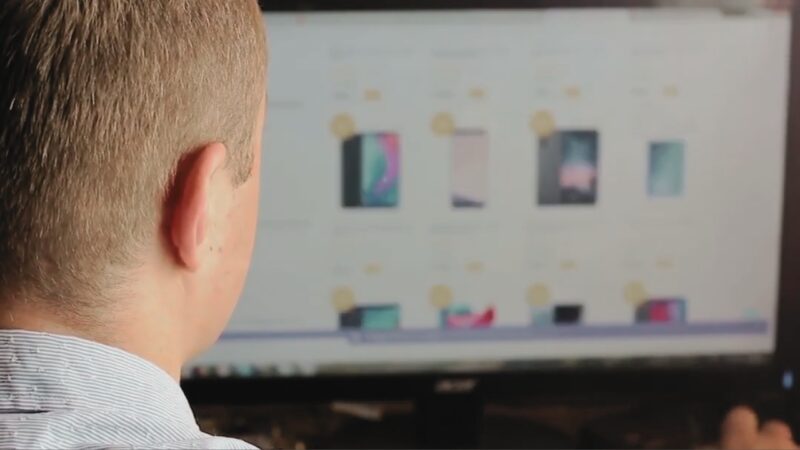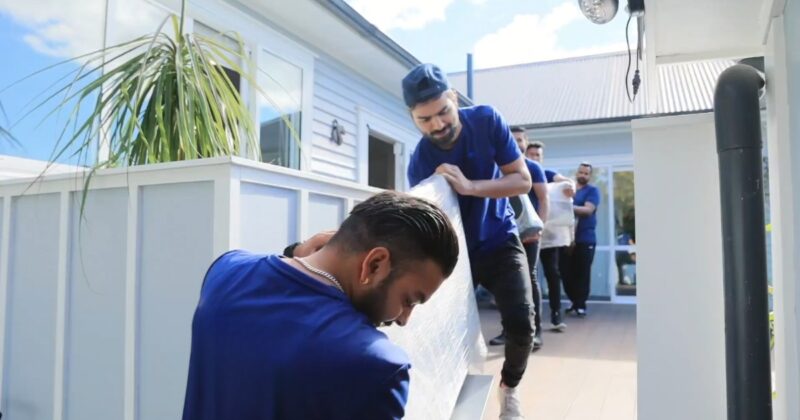In today’s fast-paced world, the speed at which our devices charge is of paramount importance. We’ve all been there: you’re about to head out, and you realize your phone’s battery is critically low.
You plug it in, hoping for a quick boost, and wonder if there’s anything you can do to speed up the process. One common belief is that activating Low Power Mode will make your phone charge faster.
But is there any truth to this? Let’s explore the mechanics of charging and the role of Low Power Mode.
Low Power Mode and Its Functions
Low Power Mode is a feature found in many smartphones today. But what exactly does it do, and how might it influence charging speed? Most of us have used this feature, but not everyone understands its intricacies.
The feature is designed to extend your phone’s battery life when it’s running low. It does this by reducing or disabling certain features and background processes.
For instance, mail fetch, background app refresh, and some visual effects might be limited or turned off.
When to Use It?
While it’s primarily designed for situations where you’re running low on battery and can’t charge your phone immediately, some people activate this feature even with a decent charge, hoping to maximize their phone’s endurance throughout the day.
How It Might Affect Charging?
The million-dollar question: does Low Power Mode influence the speed at which your phone charges?
Reduced Power Consumption
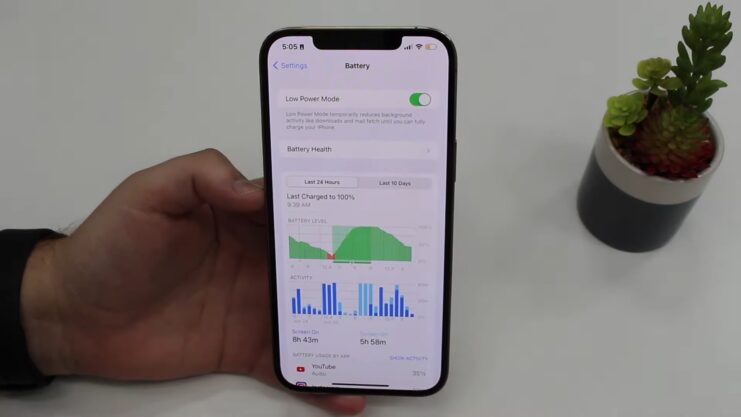
With fewer processes running in the background and certain features disabled, your phone naturally uses less power in Low Power Mode.
This means that while charging, less power is diverted to running the phone’s operations, potentially allowing more to be directed to charging the battery.
But Does It Charge Faster?
While the logic above might suggest that the feature could speed up charging, it’s essential to note that the difference might be minimal.
The primary purpose of Low Power Mode is to extend battery life, not to increase charging speed. Any difference in charging time is likely a byproduct rather than a primary function.
Test the Theory!
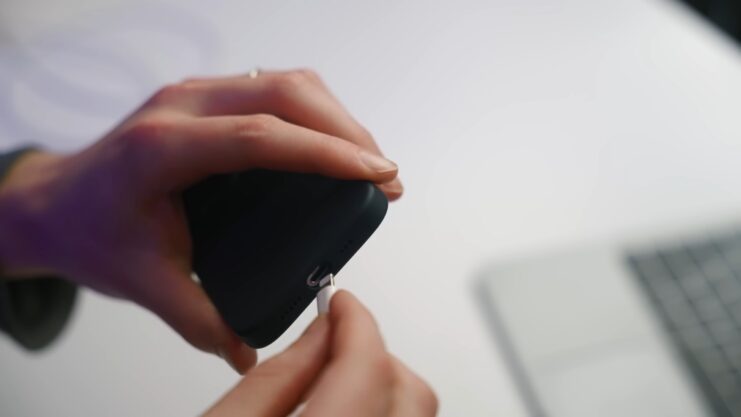
To truly understand the relationship between Low Power Mode and charging speed, we need to look at some real-world tests and experiments. If you’re curious about testing this theory yourself, here’s how you might go about it.
Step 1 – Choosing the Right Equipment
For a fair test, you’ll want to use the same charger, cable, and phone for both scenarios (with and without Low Power Mode). Ensure your phone’s battery health is good, as a degraded battery can skew results.
Step 2 – Create a Controlled Environment
To get accurate results, you’ll need to control as many variables as possible. This means charging your phone in the same location, at the same ambient temperature, and ensuring no apps are running in the background.
What did Previous Tests Show?
Minimal Differences
Most tests revealed that while there might be a slight difference in charging speed with Low Power Mode activated, it’s often minimal. For some phones, the difference might be a few minutes over an hour-long charge.
Why do the Results Vary?
Different phones, battery health statuses, and software versions can all influence the results. Additionally, as phones become more advanced, the difference this feature makes in charging speed might become even less noticeable.
Are There any Downsides to Using this Feature Frequently?
Although Low Power Mode is designed to help conserve battery life by reducing certain functions and background activities, it also comes with a few potential drawbacks:
| Downside | Description |
|---|---|
| Reduced Performance | Low Power Mode can lead to slower app launches, decreased responsiveness, and overall device sluggishness. |
| Limited Features | Certain features like background app refresh, automatic downloads, and visual effects might be disabled or limited. |
| Limited Background Activities | Background activities and updates may be restricted, affecting real-time notifications and data syncing. |
| Diminished Network Performance | Internet speeds might be slower, and notifications could be delayed due to reduced network activity. |
| Restricted Performance-Intensive Apps | Apps requiring higher processing power may not function optimally, impacting gaming and other performance-intensive tasks. |
| Delayed Updates | Software and app updates could be delayed, potentially affecting device security and access to new features. |
| Less Accurate Location Tracking | Location services may be less accurate, affecting navigation apps and location-based services. |
| Aesthetic Changes | Visual effects like animations and screen brightness might be reduced, affecting the overall aesthetic appeal of the device. |
| Increased Wear on Battery | Frequent activation of Low Power Mode could lead to more battery cycles, potentially contributing to battery degradation. |
| Charging Slower Post-Usage | Switching back to normal mode after using Low Power Mode might result in slower charging initially due to altered power consumption patterns. |
The Basics of Phone Charging
The process of charging a phone might seem straightforward, but there’s a lot happening behind the scenes.
How Batteries Charge?
The heart of your device, the battery, operates on some fascinating principles. Every battery, typically a lithium-ion battery, works on the principle of moving ions between two electrodes: the anode and the cathode.
When you charge your device, ions move from the cathode to the anode. The speed at which this happens is influenced by various factors, including the battery’s capacity, its health, and the charger’s power output.
Factors Affecting Charging Speed
Not all chargers are created equal. The wattage of your charger, the quality of your charging cable, and even the ambient temperature can influence how quickly your phone charges.
For instance, using a higher wattage charger can deliver power more quickly, but only if your phone is designed to handle it.
Battery Management Systems (BMS)
The BMS is a sophisticated piece of software that ensures your phone’s battery charges safely and efficiently. It monitors the battery’s temperature, voltage, and current.
If the BMS detects any anomalies, it can slow down or even stop the charging process to prevent damage.
Software Updates and Charging
Ever noticed a change in your phone’s charging speed after a software update? That’s because manufacturers often tweak the BMS to optimize battery health and longevity.
Sometimes, this can result in slightly slower charging speeds to ensure the battery’s lifespan isn’t compromised.
The Impact of Our Habits on Battery Health
It’s crucial to understand how our habits might impact the longevity of our phone batteries. I’m sure that all of us have made mistakes.
The Myth of Overcharging
One of the most common battery-related myths is the danger of overcharging. Today’s smartphones are smart. They come equipped with systems that prevent the battery from taking in more charge than it should.
Once it reaches 100%, the charging stops, even if it’s still plugged in. So, the fear of “overcharging” your phone is largely unfounded with modern devices.
The Real Culprit: Heat
Heat is a battery’s enemy. Charging your phone in hot conditions or using it intensively while charging (like gaming) can generate heat, which can degrade the battery over time. It’s less about how long you charge and more about how hot the battery gets.
Optimal Charging Practices
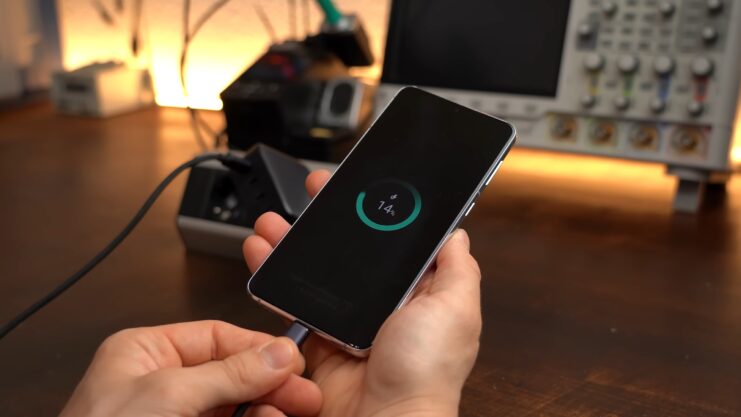
Want to maximize your battery’s lifespan? Here are some tips.
The 20-80 Rule
Some experts suggest keeping your battery between 20% and 80% for optimal health. Consistently draining it to 0% or charging it to 100% can, over time, reduce its capacity.
Avoid Fast Charging Always
While fast charging is convenient, it generates more heat. If you’re not in a hurry, using a regular charger can be gentler on your battery in the long run.
FAQs:
Do all phones have this feature?
While many modern smartphones have this feature, it may vary by brand and model.
Is Low Power Mode the same across all devices?
The basic concept is similar, but the specific features and functionalities might vary across different brands and models.
What is the difference between hardware and software in terms of Low Power Mode?
Low Power Mode is a software feature, meaning it shuts down certain functions of the phone. It does not change the hardware or how the phone charges.
Does using the phone while charging affect the charging speed?
Using the phone while charging can slow down the charging process.
Is there a difference in charging speed between wireless and wired charging in Low Power Mode?
The charging method (wireless vs. wired) can affect charging speed, but Low Power Mode does not.
The Bottom Line
While the difference in charging speed with this feature might be minimal for many devices, it’s still a difference. If you’re looking to squeeze every bit of speed out of your charging session, it won’t hurt to activate Low Power Mode.
However, for everyday charging, it’s more beneficial to focus on practices that ensure battery health and longevity rather than obsessing over a few minutes saved.
Always use chargers and cables that are certified for your device. Cheap, knock-off chargers can harm your battery and pose safety risks.
Avoid charging your phone in hot conditions, and if you notice your device getting warm while charging, it might be a good idea to remove its case or move it to a cooler location.
In the end, while technology continues to evolve, understanding the basics of how our devices work can empower us to use them more efficiently and prolong their lifespan.
Related Posts:
- Nikon D850 Best Low Light DSLR Camera 2024 - Capture…
- 6 Best Gaming Mice Under $10 - Low-Cost, High-Performance
- How To Charge A Bluetooth Speaker Without A Charger…
- How to Power On, Power Off, and Reboot Galaxy S21,…
- 10 Best Cell Phone Car Mount 2024 - Safe Place for…
- 8 Fixes for Kernel Mode Heap Corruption Error on…

